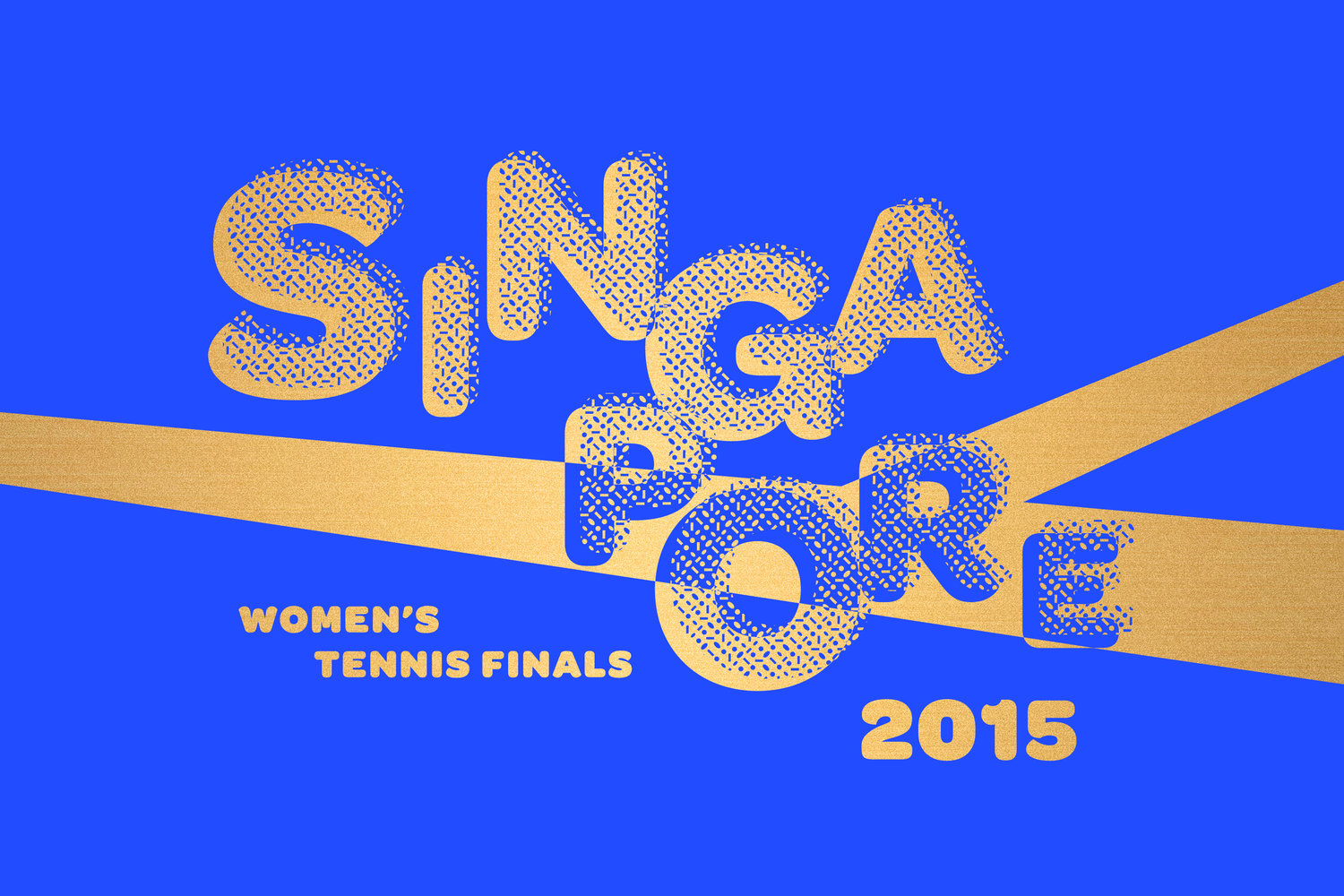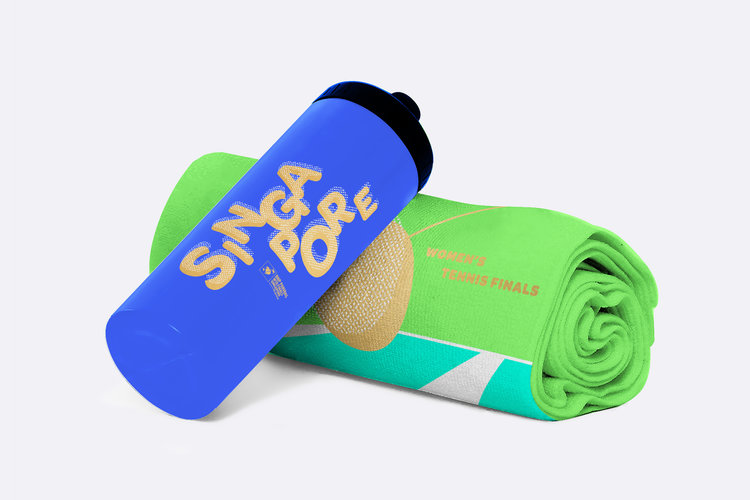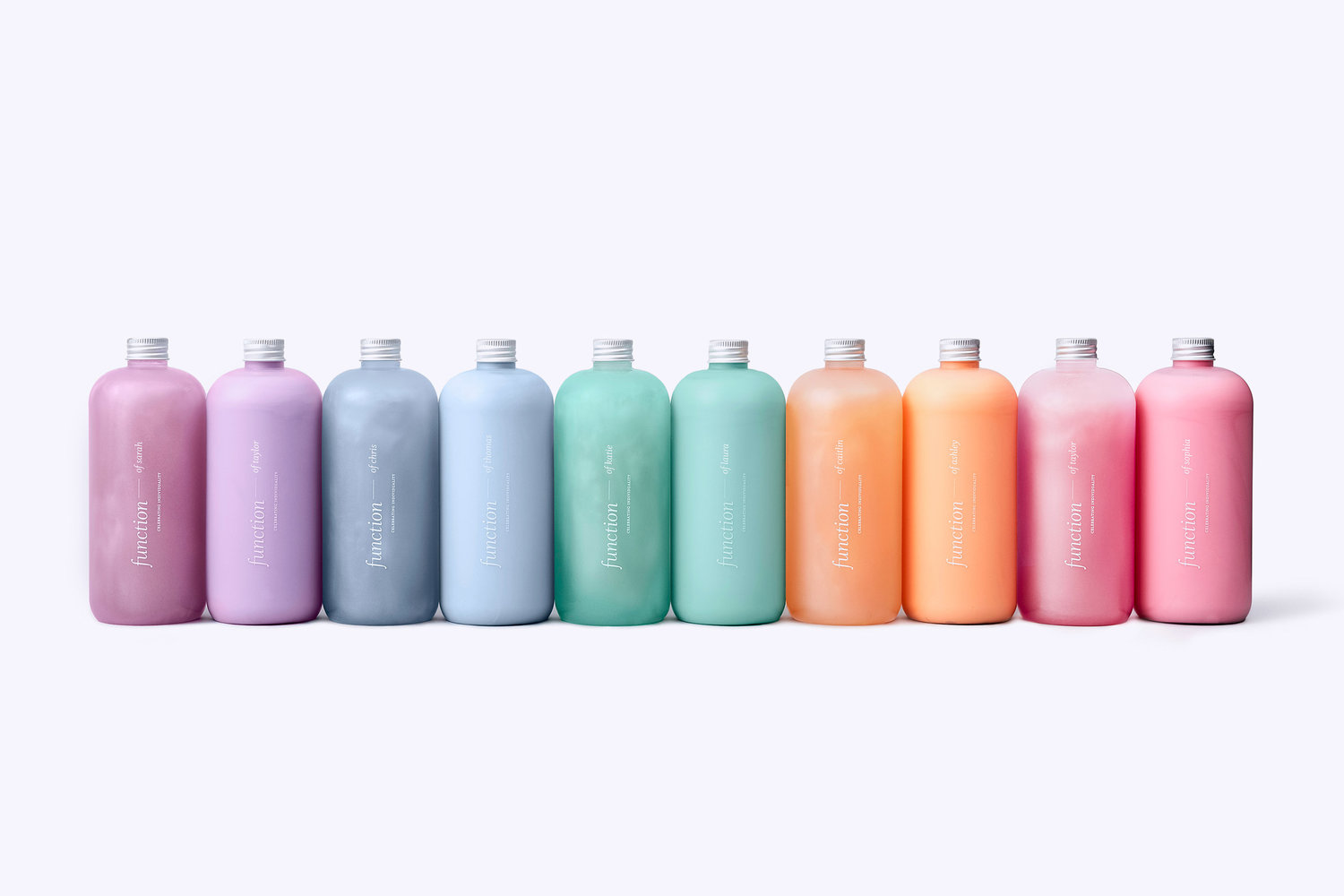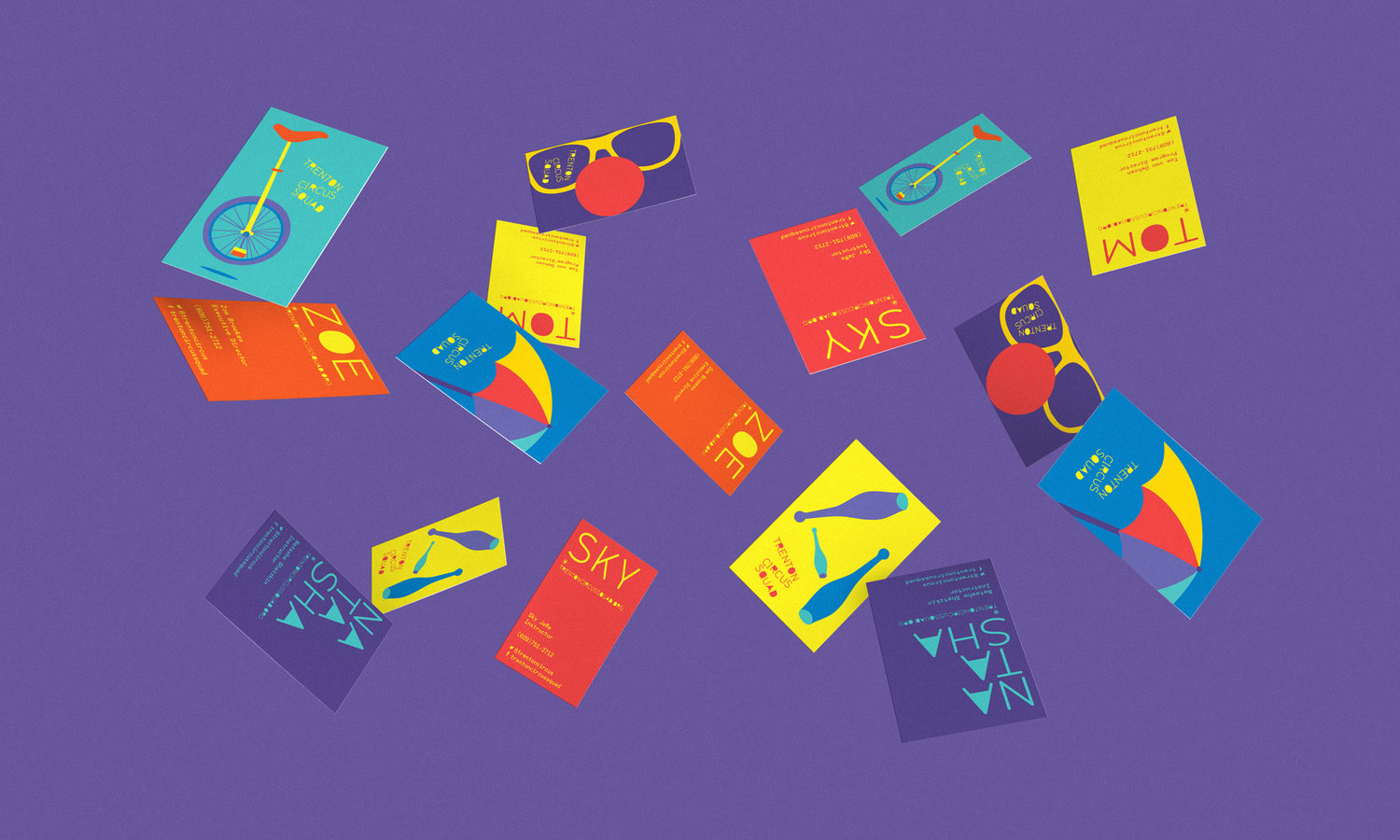Andy Chen and Waqas Jawaid are both partners at Isometric Studio, a visual identity and graphic design consultancy based in New York City. According to them, digital media is changing the way ads are consumed but it is not a race which you have to win. In a candid conversation with Ritwika Gupta, they discuss the new trends when it comes to designing for brands and some of the challenges they face, as designers in the advertising world.
You have worked with a lot of brands over the years – whether it’s rebranding or creating a new visual identity. What according to you, is the role of design in brand communication?
Andy: I think design achieves competitive differentiation. So, its first job is to make sure that in a crowded field or a competitive environment, there is a difference. It also has to do it in a way that is soulful and that is much more difficult to achieve. It gives a sense of personality and a sense of warmth and humanity to the brand. All these are part of a visual identity.
Waqas: The idea is to elevate a brand to make it contemporary and stand out. The design needs to express the value of the work on a whole new level. Part of it, is to make the brand more inclusive. For instance, we have worked with brands that come to us and say we want to broaden our audience. A museum might say that our primary audience is older people but we want to make sure people of all ages attend. So design, done through its limited but really powerful elements like typography, photography, graphics and copywriting, is able to do that. Design is able to signal to people what the brand stands for.


This year we have seen the biggest advertisers cutting back on their ad spends. Does design not take a back seat, in this case?
Andy: I think that advertising goes in ebbs and flows. People are over saturated with certain kinds of messages. There is a huge uptake in online streaming of online videos, original content like Netflix. The reason is because that is the new outlet for people – they are able to have these experiences through these stories that are being told on these OTT services. I think that advertising needs to do a better job of telling stories. And I am not just talking about original narratives or smarter way of packaging products. Advertisers need to situate these products in the context of people’s lives and their deeper human needs.
Waqas: Good content is the key to advertising, branding and design. People are becoming smarter at parsing content very quickly and focusing on what is valuable to them. If you are going to demonstrate that value, people will notice. It comes from telling specific stories and sometimes, alienating some of your clients. For instance, if a big brand shows a same sex couple, they are going to lose a lot of their market but they might gain some kind of competitive advantage and sustainable audiences. In America, a lot of the big brands are now having to stake a claim, a value that goes beyond making a profit. Hardly, it is necessitated by the political climate.
Are you observing any current trends when designing for brands?
Andy: The clear trend, among startups, being a major part of the American economy now, is that you would see a lot of app designs, with a certain kind of aesthetics defined by Microsoft or Apple or Google. That is almost the look of every typical app. It is kind of regrettable in a way because it becomes a formula. And as soon as something becomes a formula, anybody can reproduce it. It does not achieve differentiation.

Waqas: So, we work with a non-profit organization based in Hong Kong that helps eradicate human trafficking. One of their apps looks very corporate and the other one looks much more approachable. In a place like say, Brooklyn, the second one might be frowned upon because it is not as crisp or contemporary. But the team in Hong Kong really gravitated towards the second one because they work with engineers on the ground and they thought that would a better way to communicate with the consumers. We created a website, a digital kit and now it is available to the FBI, all kinds of law enforcement centres, nonprofit organisations and anybody who has anything to do with human trafficking.
So, do you think digital media is the new age marketing tool?
Andy: I think digital experience is also a physical experience. Every digital experience is one where you are touching, looking or seeing something. I try not to separate digital experience and other experience. Most digital experiences are by carriers, so you are experiencing something through technology that allows you to amplify a certain kind of effect. Sometimes, that can become a crutch or a toy as opposed to actually communicating in a deeper way. Other times, it can enrich by immersing someone in a different reality.
Waqas: Digital is not a race which you have to win because it is not winnable. It is an opportunity. We designed a series of icons about human trafficking and usually we do narrative graphic design but these were just icons. The reason it was important was because people from different countries had to be on the same page and it had to be made available online.

How well does a designer need to fully understand the goals of the campaign or the brand?
Andy: In our experience, clients give you as much power as you can claim in a project. Very often, they may think that the ad agency will handle copywriting but in our case, we propose what we think is best. We do a lot of our own copywriting, photography and these things can change the way how the overall project feels. Building a brand is having those skills as well. You should be a good writer and a good image maker.
Waqas: Marketing is a very important field and it is about how you can convincingly sell something or communicate an idea. Design may have a direct or indirect connection to a product. It might be creating excitement about a brand without coming off as salesman technique. It is more creative.

What are the challenges faced by designers in advertising?
Andy: Inherently, it is challenging to work in a field that is so defined by selling things, having to sell these concepts to clients, who then have to sort of sell to their constituents. Design is like a product. Sometimes, that can come to conflict. The question is how do we provide a framework where people feel included? The way we try to work through it is to see where we can align with our clients in terms of share values. No brand is perfect. There will be some problems working with a rich benefactor but there is an opportunity to promote the arts. It is always about a personal tradeoff that you make as a designer that feeds into your professional capacity to make a difference in the lives of people. Designers also need to appeal to brands the way other designers cannot. There is a lot of love for western styles of design but that only promotes colonialism.
Waqas: There is an optimal symbiosis possible between marketing and design where they work in consent with one another and really trust and respect the other fields of expertise. Many brands that utilize that kind of partnership really benefit from that, where you have amazing design coming out and a new brand identity being launched. The job of the advertising company is to ensure how they can deploy that in the most effective and powerful way across all channels and mediums. If a developing country takes a design from the United States, it might be considered colonialism. On the other hand, the US takes regular designs from places like India, China and do an American take on that and that is kind of a cultural appropriation as well. Ultimately, the design needs to remain true to the mission or the product that it is trying to represent. The other thing which we strive for is how do we make it contemporary and create a new culture. It is the job of the creative professionals to hold up a mirror to the clients and tell them when they are not living up to their values. You have to help them align their visuals and messaging with their ethos that they have already proclaimed to the public.
Are they responsive?
Andy: Yes. They do not want to be embarrassed. They do not want their projects to fail. There has to be a better way, a solution. But of course, you cannot go into a project, criticize it and find no counter solution. You have to be ready and propose alternative ways of doing things and what you recommend.